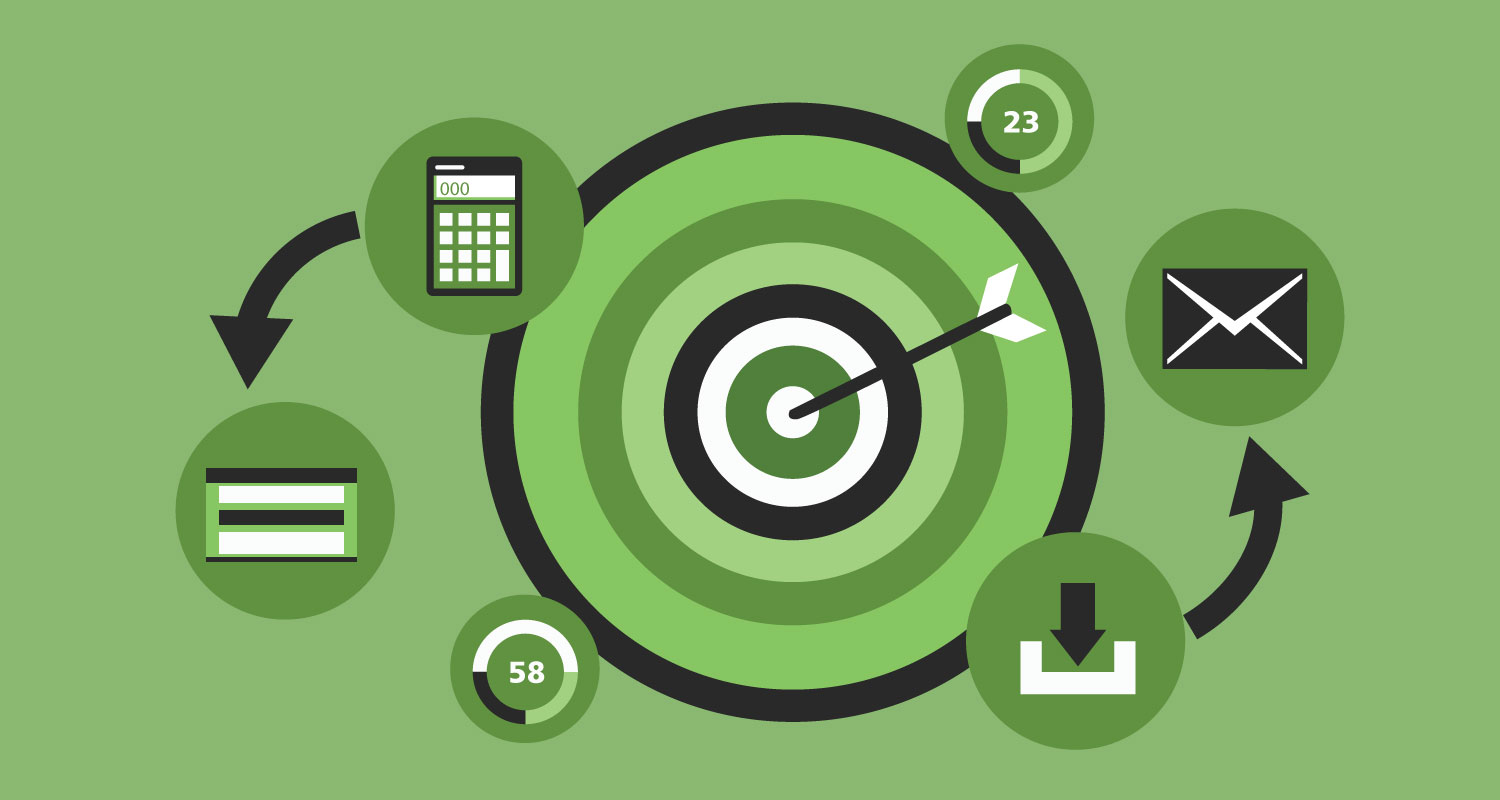As email marketing gains popularity, there is one thing organizations have started paying more attention to their deliverability. Compelling copy and creative email design help a brand stand out, but what matters most is getting your message in the inbox in the first place. Email data quality is a crucial part of this equation, and so are certain techniques you can implement today to ensure your emails reach their destination.
Let’s take a look at the top 5 tactics that will boost your email deliverability!
Use an email verifier
If email verification is not part of your email marketing strategy, you’re exposing yourself to unnecessary risks. You may think a few invalid email addresses wouldn’t jeopardize your deliverability, but they are more harmful than they seem.
Catch-all, misspelled, abuse or temporary emails are all not only useless to your email marketing, but have a negative impact on your sender reputation. And when Internet Service Providers take note of a sender’s poor reputation, they stop supporting that sender. As a result, you may find your emails landing in people’s Spam folder, where chances are no one is going to read them.
An email verifier not only prevents this issue, but also boosts your email deliverability. By removing unwanted addresses from your list, it restores your sender reputation and ensures your emails are being seen. More emails in the inbox means higher open rates, which, in turn, result in more conversions.
Follow a sending pattern
This is one of the most important email deliverability practices. Once you found the best day to send your emails, stick to it. If you can, be even more precise and send your emails at the same time, as well. Following a sending pattern will contribute to your reputation and let Internet Service Providers know you’re a legitimate sender. Also, sending out your newsletters on the same day every week (or month) keeps your IP warm.
Another reason why it’s beneficial to stick to your sending behavior is that it helps you develop a closer relationship with your subscribers. People tend to appreciate a constant presence in their lives. And if your emails are useful and entertaining, your audience is going to look forward to receiving them.
Don’t know when to send your emails? Ten marketing studies have shown that the best day is Tuesday. The next two best days are Thursdays and Wednesdays. However, keep in mind these may not be your best days. There are organizations that send their newsletters on Sundays and see great open rates. It’s best to run a few split tests to determine your sweet spot.
Avoid spammy words
Writing a catchy subject line can be difficult. You may be tempted to include words like “clearance” or “bargain” if you want to promote a sale. Or you may want to let your subscribers know you have a great “offer” for which they can “sign up free today.” Resist the temptation of including such spam trigger words in your subject line. They raise a red flag with Internet Service Providers and kill your deliverability.
Any marketer wants higher open rates. But to what extent are you willing to risk your deliverability by using “catchy” words in your subjects? Not only will you be penalized by spam filters, but also, people have learned to tell the difference between spam and a legitimate email. They won’t click on a spammy-looking subject line, but will most likely delete that email right away.
Try to craft a subject line that sums up the content of your email and also piques interest by using mystery. As for length, they say it’s best to keep it concise, but we’ve all clicked on at least one long subject when it was interesting enough.
Watch out for spam complaints
Speaking of spammy subject lines, they can easily attract spam complaints. Think of how overwhelmed we are by unsolicited messages, if more than 53% of the worldwide email traffic is spam. Email service providers have adapted and gave people the possibility of labeling upsetting emails as spam. The only downside is that some users have become so sensitive that they’ll mark you as spam even if you’re a lawful sender. In email marketing, their addresses are called “abuse emails.”
To look on the bright side, though, an email verifier can detect these users and isolate their email addresses from your list. It’s your call whether you keep emailing them. Usually, once someone labels you as spam, they will mark you as spam again, and that affects your sender reputation and deliverability.
Always keep an eye on your reports: how many spam complaints do your campaigns get? If you’re getting too many, reconsider your subject lines and content, or let an email verifier weed out the complainers.
Use the double opt-in subscription process
Remember the last time when you subscribed to an email, and they asked you to confirm your email address? That might have been a bit irritating, but the double opt-in is one of the most efficient ways to maintain your email hygiene. Ask your new subscribers to confirm they want to join your mailing list. If they really want to receive your emails, they won’t mind, and you’ll build a healthier database.
Want to take things a step further? Install an email validation API on your signup forms. The API works just like a bulk email verification system, but it checks emails for accuracy in real-time. For example, if someone makes a typo while putting in their address, the system won’t allow that misspelled address to join your list. Instead, it will suggest a correction and ask the user to retype their contact. Furthermore, a complex API detects catch-all, role-based, abuse and temporary email addresses, and prevents them from spoiling your list.
When it comes to the quality of your email list, the more protection methods you use, the safer you are. Data quality is key to email deliverability, so focus on gathering genuine leads before you craft your next great campaign.


